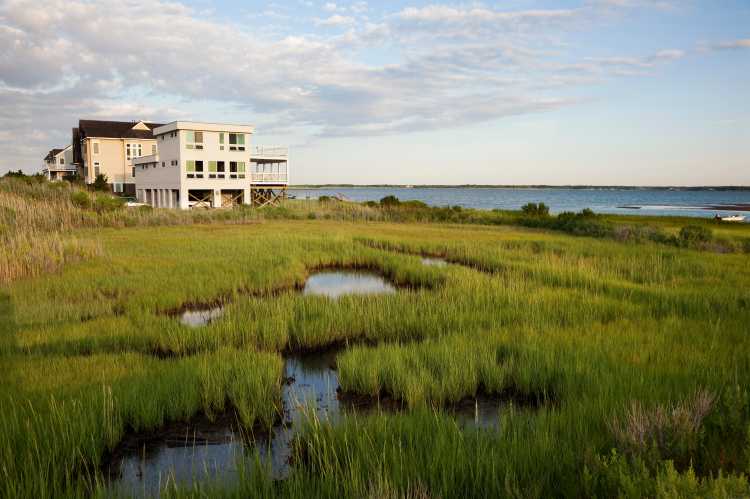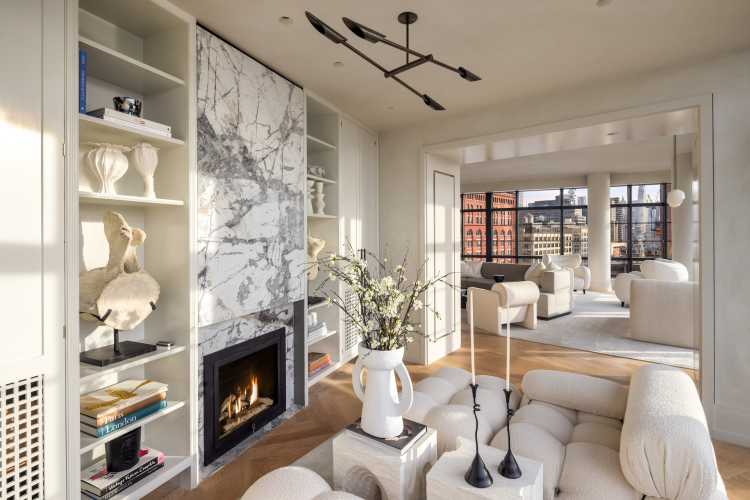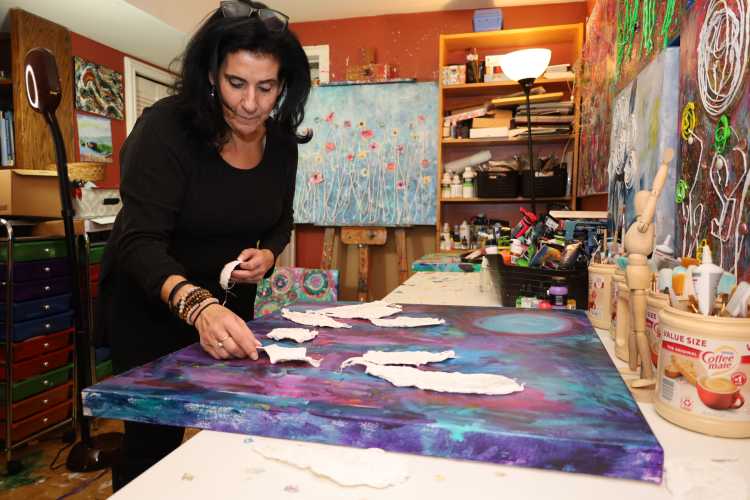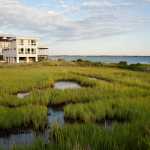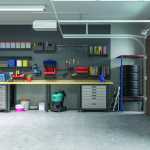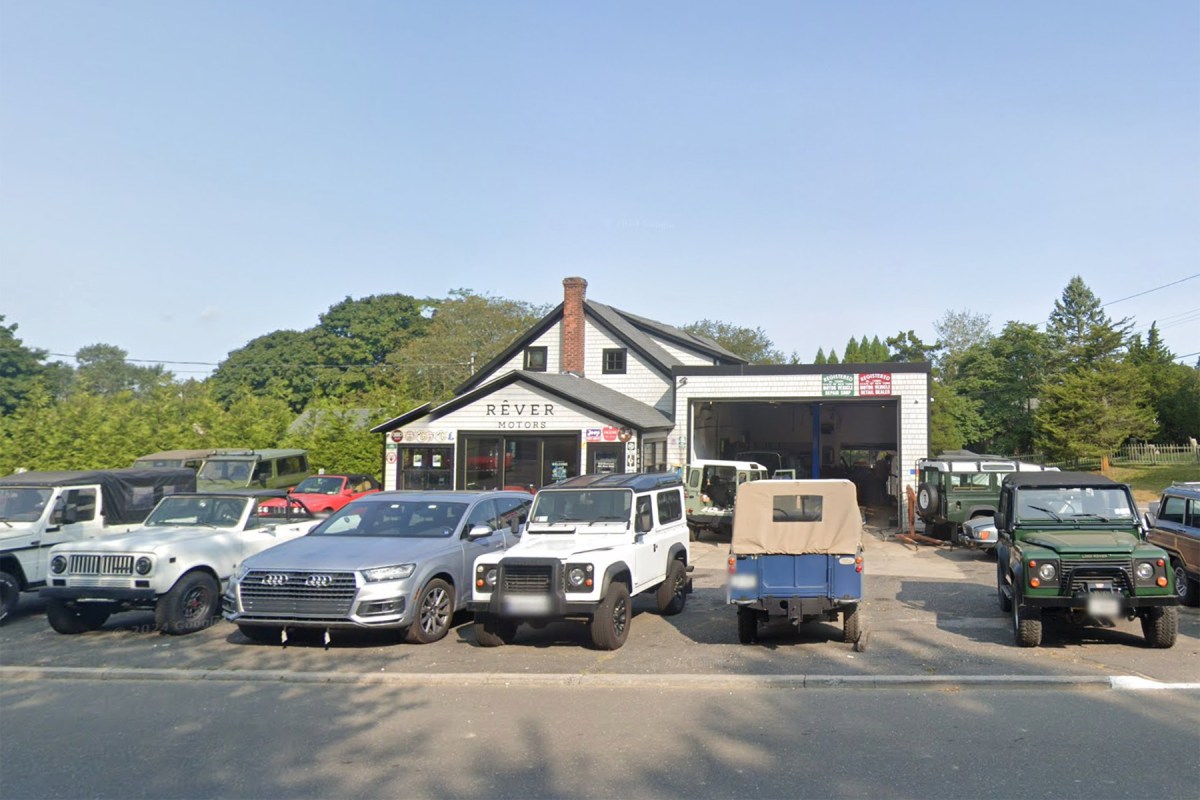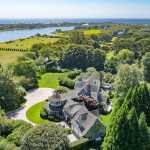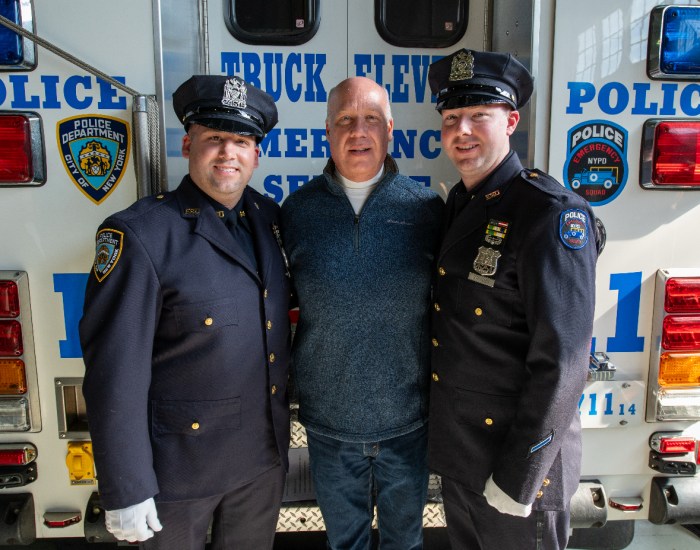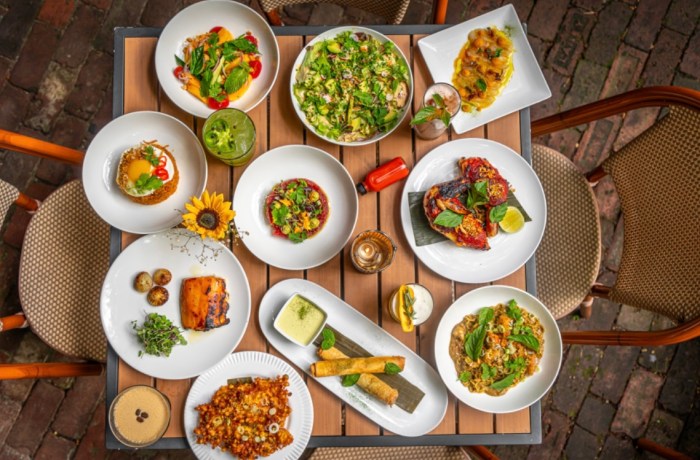“Women can also be creative in total isolation. I know excellent women artists who do original work without any response to speak of. Maybe they are used to lack of feedback. Maybe they are tougher.”
–Elaine De Kooning
The sun spills generously into the wide, open studio on Alewive Brook Road, East Hampton. A painter, sprawled on the floor, deep in thought about the next color they’re going to use, grabs a brush and, with a broad stroke, begins their next masterwork.

Such is the way of life at the Elaine De Kooning House. The late, great artist, known for her portraits of John F. Kennedy, Pele, Allen Ginsberg and many others, purchased the house in 1975 and added the stunning studio, with its huge windows and massive, open layout. De Kooning spent the last years of her life in the house before her death on February 1, 1989. After her death, the house went through several owners, including sculptor John Chamberlain and painter Richmond Burton, before being purchased by Chris Byrne to be used as an artist residency.
Director of Programming Katherine McMahon has been with the Elaine De Kooning House since 2018. An artist herself, McMahon was immediately taken by the unique design of the house. “It’s such a magical house,” says McMahon. “You can feel there’s a spirit to it. Coming from the hustle and bustle of New York City, it’s a different kind of vibe. You hear acorns falling and think there’s a ghost in the house or something! It’s wonderful.”
McMahon lives in the house full-time and facilitates artist residencies, and holds events (though recent times have put those on pause). To live in the house that De Kooning called home is a unique experience. “The house has a delicate balance,” she says. “It feels almost like a church, but also, lived in. It strikes a nice balance. I like the fact that it’s being used–that the studio is not going to waste.”
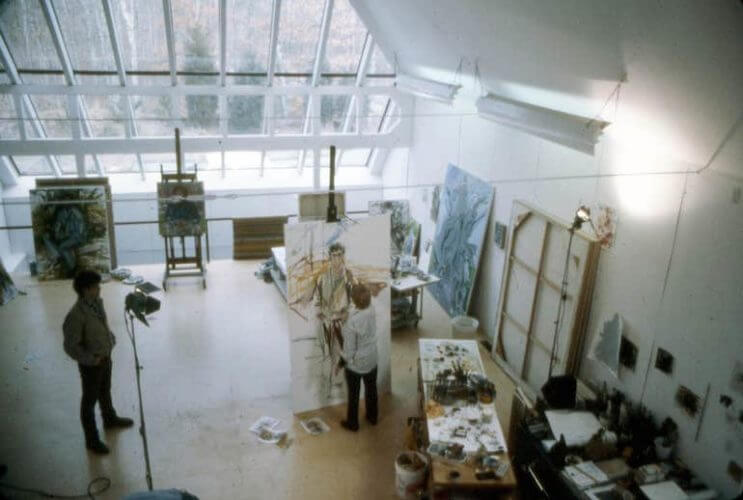
Some artists that have had residencies in the house include Eric Haze, who stayed longer than expected earlier in 2020 due to the lockdown, and currently Joe Bradley, who is preparing an exhibition that will be held in Zurich, Switzerland from the East Hampton studio. McMahon says of the program, “It’s a sort of informal vibe compared to other residency programs. It’s such a gift because I get to learn from these artists who get to learn, too. I’m grateful for the experience because I get to meet these wonderful artists. Every time, it’s a little bit different.”
While the house has been renovated and changed over the years, many elements of De Kooning’s original vision remain–and not just as artifacts, but as elements that are still used today. The wooden, paint-smattered kitchen table was used by De Kooning in the studio space. A ladder in the studio is still functioning. And art, of course, is everywhere, from original pieces by De Kooning herself to works left by past artists-in-residence.
McMahon recently visited the LTV studios in Wainscott to look at archival footage of De Kooning in the house, and was struck by something. “It feels very similar,” she observes. “The exact same spirit is still there. It’s just really kind of wild to see how well-preserved it is.”
De Kooning had happy times in the quiet isolation of Northwest Woods. For De Kooning, McMahon says, “it was this beautiful, peaceful oasis.” And as for today? “It feels like you’re in a different time. It’s a dreamy place to be.”


